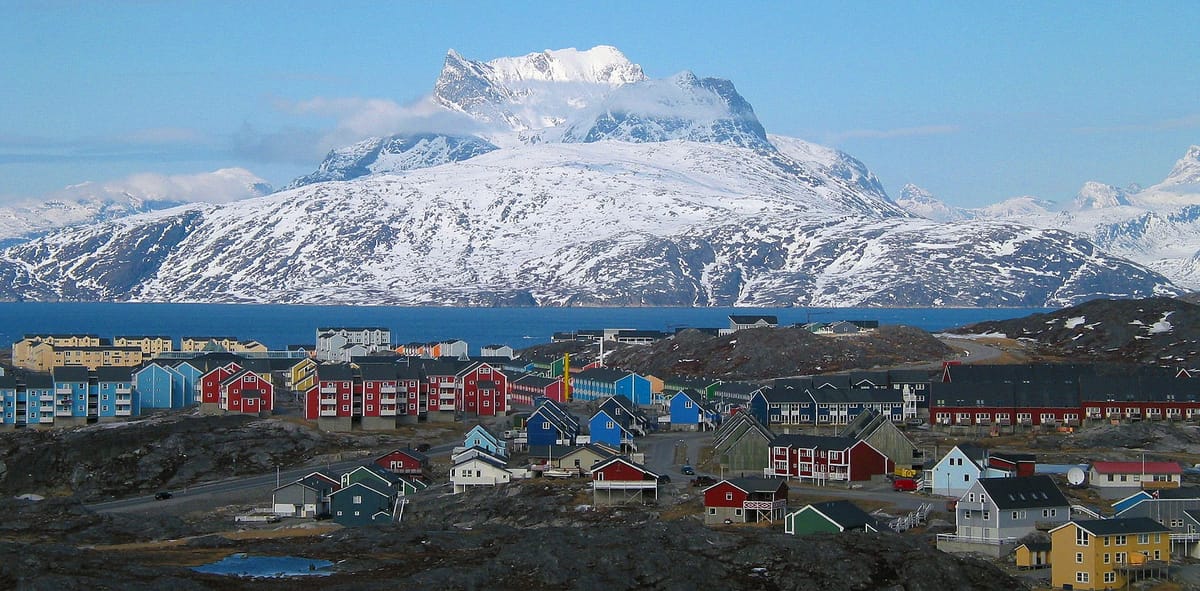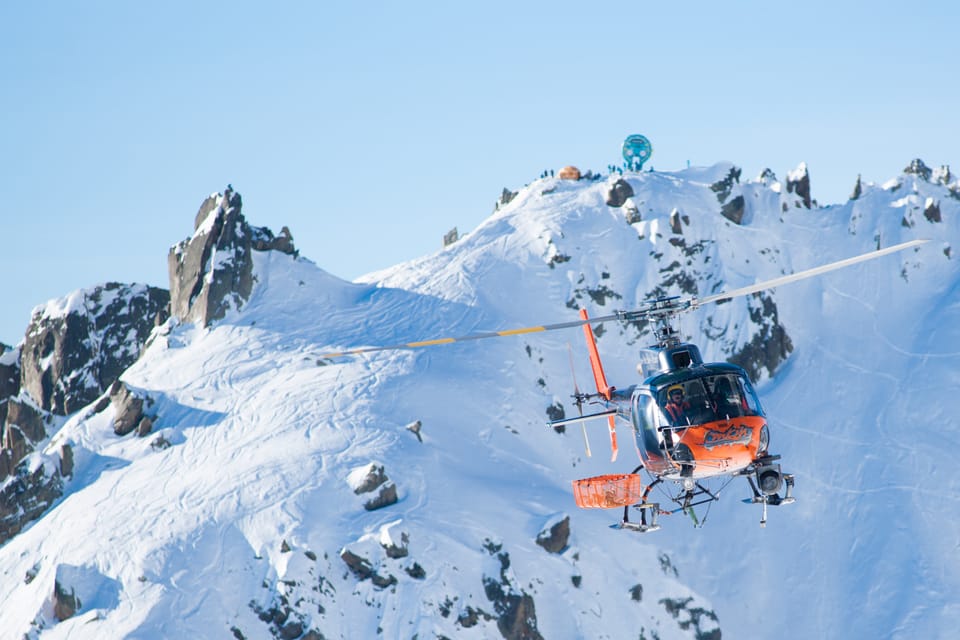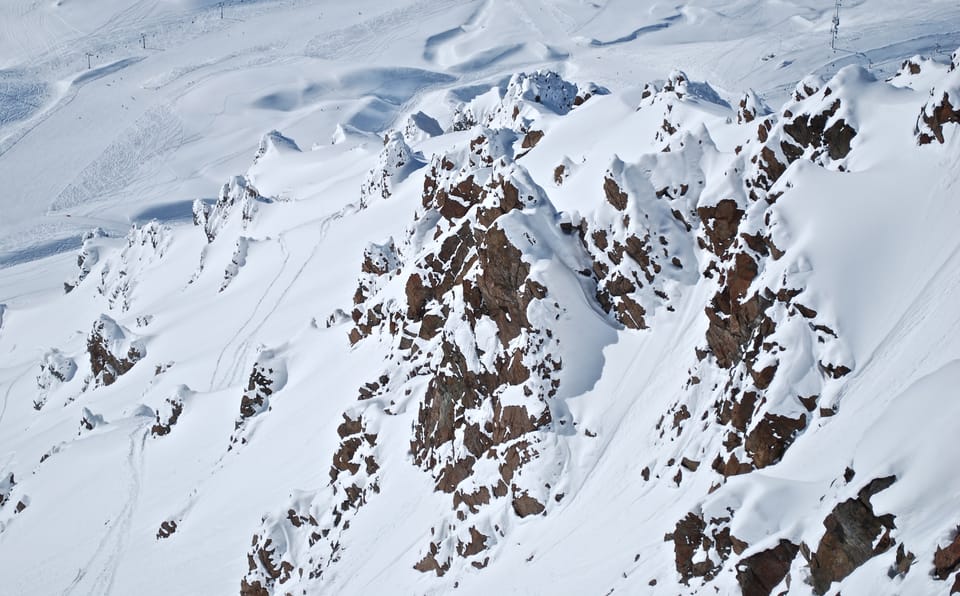Greenland “Becoming Darker” As Less Fresh Snow Falls

American researchers have found that Greenland is “becoming darker” as the ice and snow that formerly permanently covered much of it is melting away due to climate change.
The increasingly darker landmass means the rate of melting is likely to accelerate as the darker land absorbs heat, rather than reflecting it away as white snow does.
The findings of a 2016-17 study of Greenland’s ice sheet by scientists from Dartmouth College have been published in Geophysical Research Letters.
“As snow ages, even over hours to a few days, you get this reduction in reflectivity, and that’s why the fresh snow is so important,” says Erich Osterberg, associate professor of earth sciences and the principal investigator of the study.
The scientists believe the process began in the mid-1990s when shifting weather pattern due to climate change essentially mean Greenland is drier and warmer than it was, with snow clouds tending to be pushed further north away from the main landmass.
The researchers travelled 2,700-miles on snowmobiles across part of Greenland’s ice sheet collecting snow samples. From this they found that the snow was older, making it less reflective than new-fallen snow. They also found the snow was very pure, having only about 1 part per billion of impurities so they ruled out pollution as a factor in the darkening snow cover.
Osterberg described the pattern as having a “…triple whammy effect,” which “…all contributes to Greenland melting faster and faster.” According to separate studies the Greenland ice sheet has warmed about 2.7 degrees Celsius (4.85 degrees Fahrenheit) since 1982. The continent is experiencing the greatest melt and runoff rates in at least the last 450 years, and more likely the last 7,000 years.




